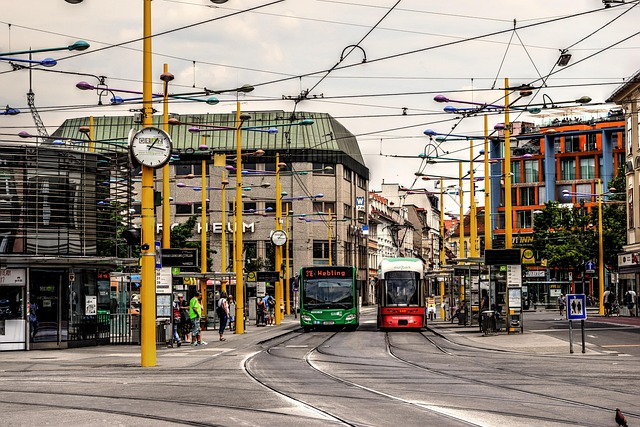In our rapidly urbanizing world, the bus stop has become more than just a place to catch a ride; it serves as a vital hub in the broader conversation around sustainable development and green technologies. Every interaction that occurs at a bus stop holds the potential to positively influence our ecological footprint and promote carbon neutrality. As we embrace innovative approaches to mobility, it is crucial to rethink our bus stop infrastructure and how it can contribute to a sustainable future.
Imagine waiting for your bus at a solar-powered shelter, designed not only to protect you from the elements but also to generate energy for its own lighting and digital displays. This is the kind of green technology that can transform ordinary bus stops into beacons of sustainability. By integrating solar panels into bus stop designs, cities can harness clean energy, reducing reliance on fossil fuels and cutting down on carbon emissions. This shift towards renewable energy sources not only contributes to carbon neutrality but also showcases a community’s commitment to sustainable practices.
Moreover, incorporating green spaces around bus stops can significantly enhance the environment. Vertical gardens and native plantings can serve as natural air purifiers, improving urban air quality and increasing biodiversity. These green interventions not only beautify the area but also create a more pleasant waiting experience for commuters, making public transportation a more appealing option. In a world dominated by cars, a refreshing bus stop environment can entice more residents to opt for public transport, thereby reducing individual carbon footprints.
As we explore the carbon neutral potential of bus stops, it’s essential to utilize smart technologies for efficient energy management. Real-time data displays, powered by renewable sources, can inform passengers about bus schedules, delays, and alternative routes, making public transport more accessible and efficient. This smart technology approach encourages more people to rely on buses instead of personal vehicles, which significantly reduces traffic congestion and emissions.
Additionally, communities can engage in participatory design processes to turn bus stops into vibrant community spaces. Art installations, local business advertisements, and information kiosks can transform these transit points into energetic gathering spots, emphasizing a culture of public transport. By integrating local culture and identity into bus stop designs, we can foster a sense of belonging while simultaneously motivating more individuals to make eco-friendly transportation choices.
Ultimately, the bus stop, often seen as just a transit point, holds immense potential as a catalyst for ecological sustainability and carbon neutrality. By investing in green technologies and sustainable practices, we can redefine how people perceive public transportation and its role in urban life. Each bus stop can become a statement of a community’s environmental responsibility and a part of a more extensive effort towards a greener, cleaner future for all.
As we continue to innovate in the realm of mobility, let us not overlook the bus stop’s role in shaping our collective future. With every effort to make these transit hubs more sustainable, we take a step closer to a world that prioritizes ecological balance and carbon neutrality, ensuring we leave behind a healthier planet for generations to come.




